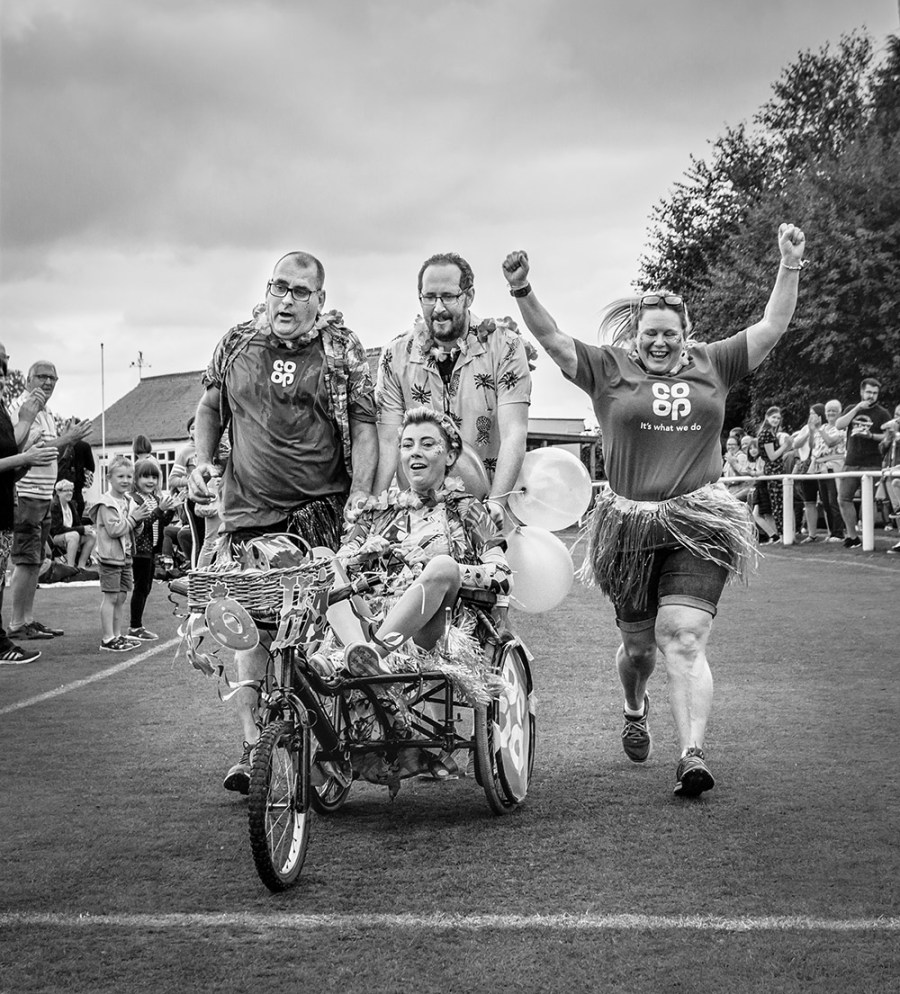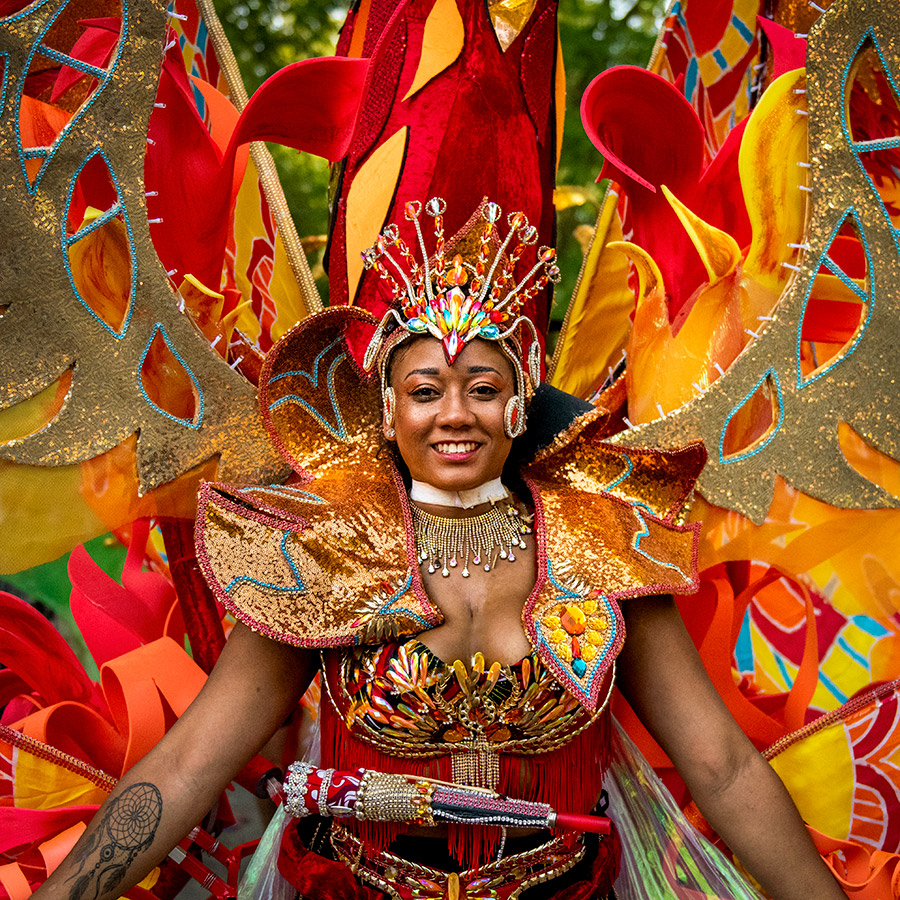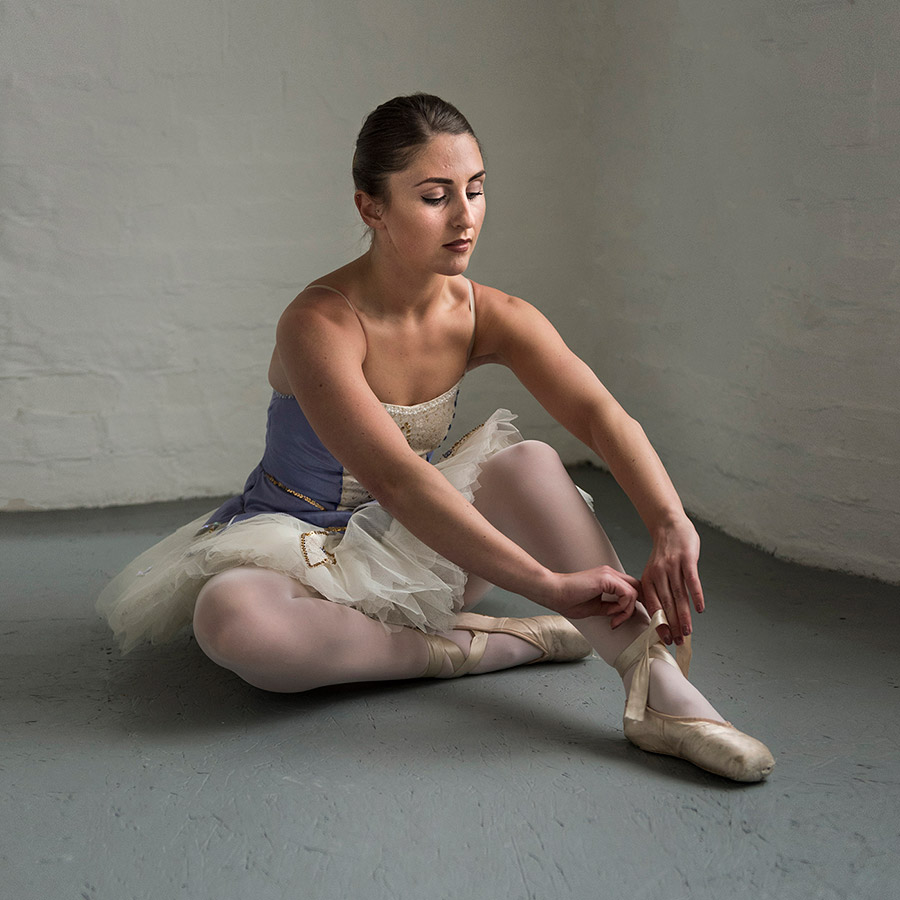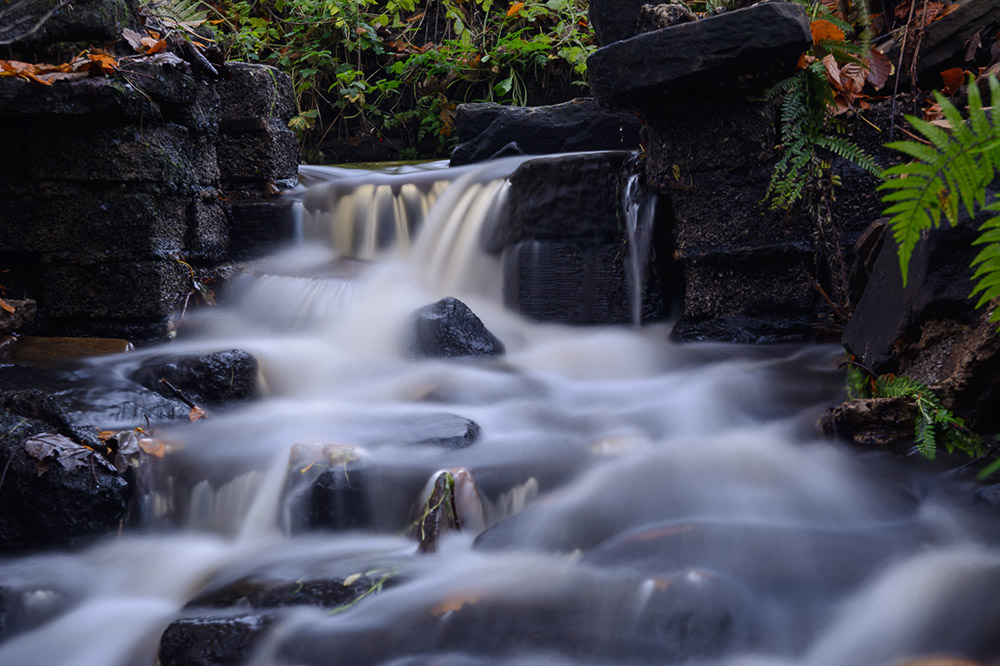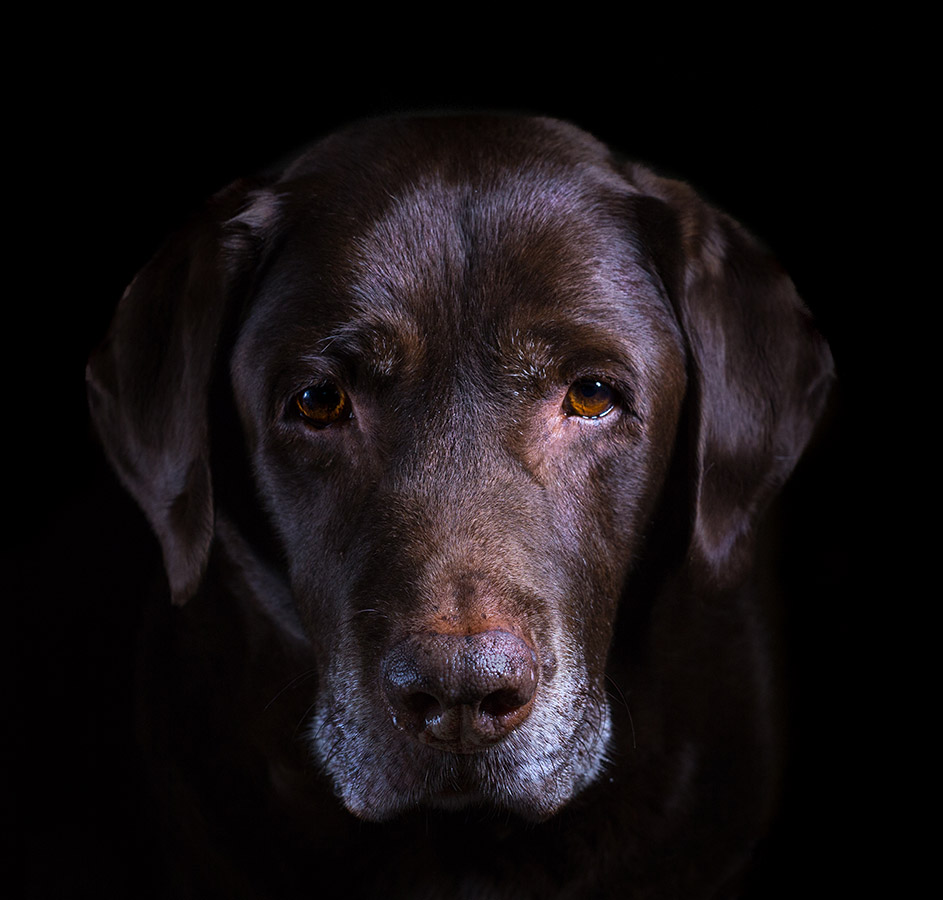Disability should never be a barrier to image making. Peter Dench finds out about the support, techniques and adaptations available and shares some inspirational case studies from the Disabled Photographers’ Society
Disability can strike at any time, but it doesn’t mean the end of photographic aspirations. In some cases it can trigger the beginning. At the forefront of helping photographers with a range of physical and mental challenges is the Disabled Photographers’ Society (DPS), a charity formed in 1968 to help make photography accessible to everyone.
The DPS is run by a team of volunteers, many of whom are disabled photographers themselves, and offers individual members adaptations, equipment, support and advice. They loan equipment free at the point of need and enable opportunities to meet like-minded (and bodied) people through exhibitions, competitions, social media and the charity’s quarterly magazine, In Focus. The DPS also runs an Electronic Portfolio Group, where members can submit digital images and then receive feedback, support and advice to improve their skills and confidence. Read on for some inspiring case studies and adaptation advice…
Rais Hasan
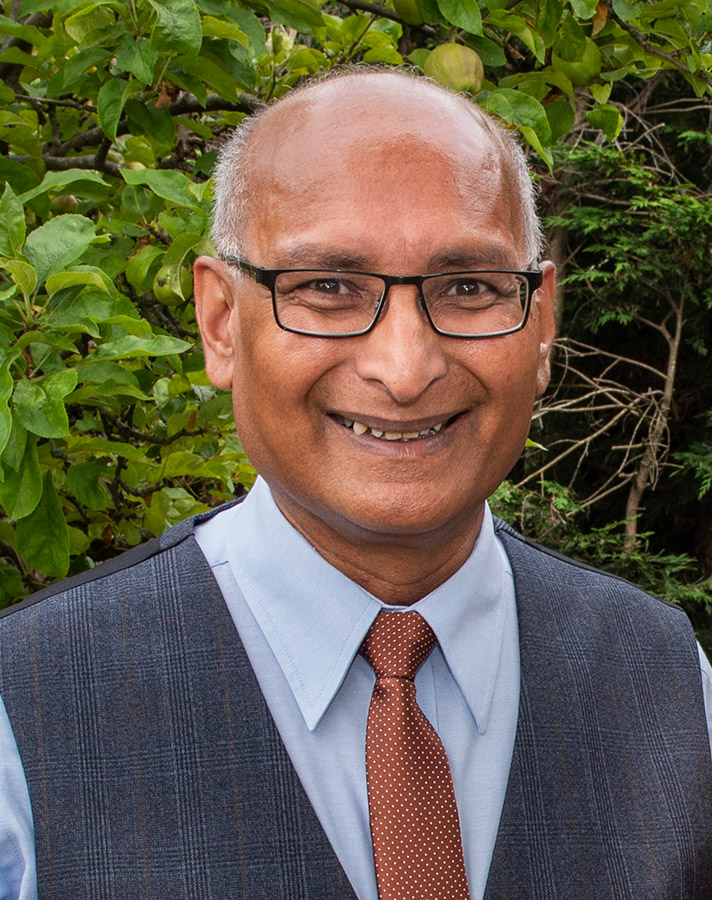
Without surgery to treat a brain tumour, Rais was given a worst-case scenario of four months to live. He chose surgery, which left him house-bound for over a year and unable to read or write. Unable to walk outside unaided, his family bought him a small digital camera for his 50th birthday and Rais started taking photos around the house as a diversion to daily struggles.
Short walks into the countryside followed to develop his interest. Galvanised, Rais went on to college to complete a two-year photography course. Only after he qualified did he mention his trouble with memory, reading and writing. Rais has gone on to achieve a lot of photo society distinctions, been president of the Bradford Camera Club, crowned Monochrome Photographer of the Year and appeared in the national and local press.
A decade on from his surgery, Rais remains on large doses of medication and still makes regular visits to the hospital. Poignantly, he now photographs on behalf of the Yorkshire Brain Tumour Charity, creating a memory for families of what they’ve gone through or the moments before. Rais’s disability isn’t immediately apparent, but can compromise his photography.
‘Post production is not always easy,’ says Rais. ‘I can read about it but my memory retention is so bad, a big struggle. Only bits of it go in. I do my best, keep pushing, keep learning.’ The weight of his Nikon cameras, usually a D810 with lenses, means he has to sit down after a while. But he’s undeterred – his illness revealed a photography talent that may have stayed hidden.
Paul Hinchliffe
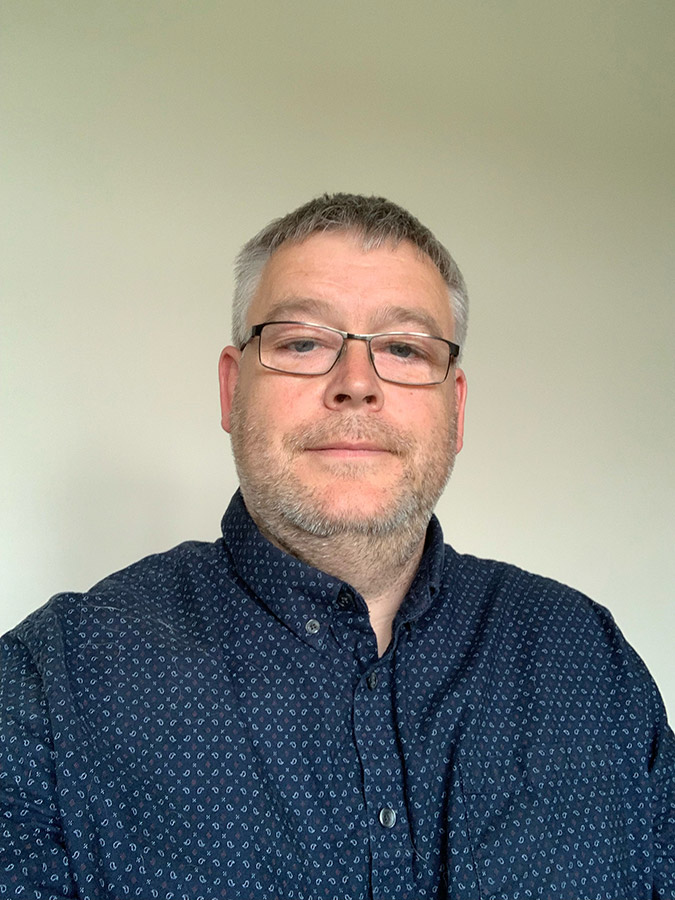
Photography for Paul started when he got married, started seeing more of the world and progressed it as a serious hobby in 2006. Seven years ago he started to drastically lose his eyesight. Paul has no central vision of any detail and uses peripheral vision to do everything. This usable vision helps him take photographs, as he can see shapes and colours primarily and shadow.
While glasses improve, but don’t correct, his vision, he feels he can see best through a camera lens. The camera autofocuses and he can zoom in and out of the image with his preferred Sony A7 III (which on release had one of the best AF systems) allowing Paul to capture his fast-moving, young sons. Familiarity with his camera and menu system is key to dealing with poor vision – he relies a lot on muscle memory to change the aperture or white balance without having to look. Using magnification software allows him to examine details of an image he didn’t notice before.
Paul produces a photo-book each year, documenting his children’s adventures, to give to his parents and in-laws. He uploads the photos from his iPad to the affordable Snapfish platform before using a computer to edit, save and print. ‘When I first started to lose my eyesight, my wife took me along to The Photography Show and introduced me to the DPS. As a community they’re very supportive and helpful. Anyone going through vision loss or any other form of disability should talk to somebody they feel comfortable with.’
Lorraine Spittle
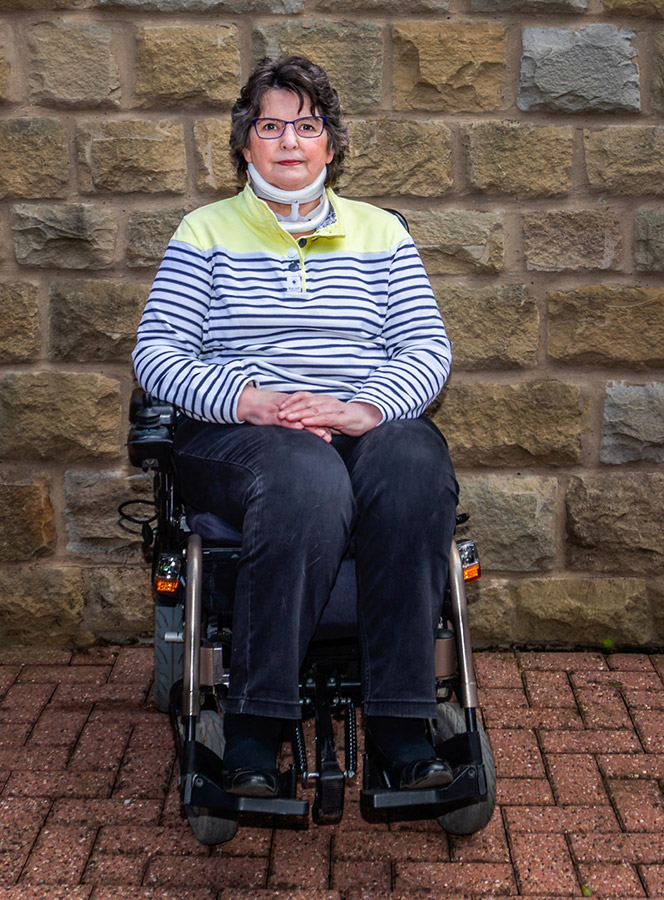
An injury at work in Lorraine’s teens triggered spondylosis, a degenerative condition of the spine. Her youthful optimism that everything would be okay took a beating when she found herself struggling to grip or feel hot and cold with her fingers. The spondylosis was exacerbated the following decade in a car crash in 1987 (in which she was blameless), causing a C7 spinal cord injury further affecting her ability to move her wrists and straighten her elbows.
Limited hand functions didn’t limit Lorraine’s determination to fight the boredom. She found photography when her former police force husband bought her a camera to capture the grandkids. I feel lucky talking to her, not because of the medical conditions she’s survived but the scrapes in pursuit of photography.
She’s been wheeled out of shopping centres, punctured a wheelchair tyre when going off road, and was so engrossed in capturing a Filey winter sunrise, that only when sparks began to fly from her electric wheelchair did she realise the tide had come in and was about to cut her off. Being in a wheelchair doesn’t always bring the keen street photographer the kindness of strangers. After a particularly threatening encounter, when she was photographing children in the fountains at Bradford City square, she didn’t pick up a camera for a while.
Lorraine can’t make a proper fist to hold smaller cameras, preferring a Canon EOS 5D Mark IV. ‘The first thing I do is bend down and slip the strap over my neck. I have to have it on a table because it might just drop straight through my fingers. I also have to make sure I’m over something soft.’ She also uses the audio clicks and bleeps of the camera to confirm what she’s done.
Lorraine doesn’t clamp the camera to her chair, preferring to react more fluidly. Having experimented unsuccessfully with tripods, monopods and gimbals, she adapted her own methods, including a cricket bat to support her 100-400mm zoom lens. If she doesn’t think she’s at the right viewing angle, she will simply throw herself onto the floor. ‘Using this strategy to shoot upwards as the Tour de France hurtled through my village had many cyclists rubbernecking!’
Camera adaptations for disabled photographers
Equipment co-ordinator Gillian Birbeck explains how the Disabled Photographers’ Society helps out
If DPS members are having problems using cameras, equipment co-ordinator Gillian Birbeck is there to help. She explains, ‘As a charity we give free advice to anybody who wants it and ask people to be members. If that’s the case they can have equipment on free loan. There’s a limit to what that equipment can be, but in general we have a few things that can help a lot of people.
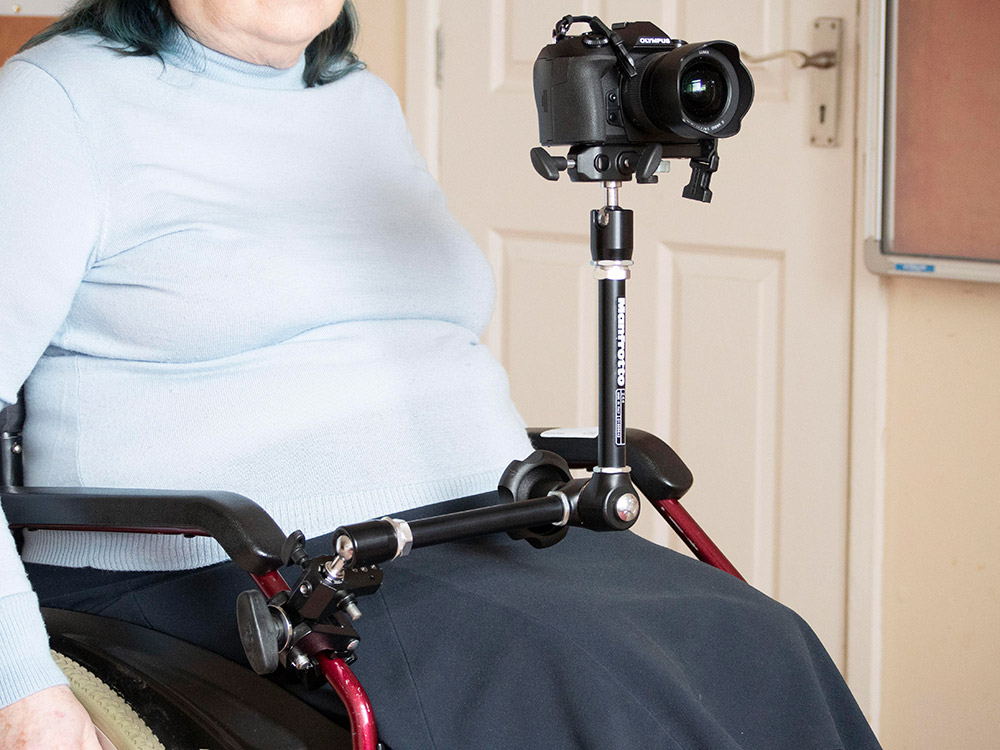
‘The most common request is for a support to fix a camera to a wheelchair. With many cameras now having a tilt screen, it doesn’t have to be put to the eye, it can be down by their right arm or wherever it’s comfortable to see the screen.’
The DPS support of choice is the Manfrotto Magic Arm, or Manfrotto Variable Friction Arm, which Gillian thinks is better. ‘It’s beautifully manufactured. It’s solid; the variable friction one takes up its shape with a knurled knob which is easier for most people to use than the lever that the Magic Arm has, which needs quite a bit of strength to put into place. We have to try to find somewhere on their wheelchair to use something like a super clamp to attach it. What happens is the camera is in a fixed solid position and they can move the camera position just by moving their wheelchair.’
Also available from retailers are the Canon HG-100TBR Bluetooth, Sony GP-VPT2BT Bluetooth and Panasonic DMW-SHGR1 wired shooting grips which are designed for one-handed use, with shutter, video and zoom controls. They tend to be designed to work with small compact or mirrorless cameras. They’re not necessarily cheap, given that you have to buy the right camera, but are potentially useful for people who can only use one hand.
Difficulty in pressing the shutter button is quite easy to deal with as most cameras have a remote control that comes with it or you can buy it as an optional extra. Small button sizes can be problematic. ‘Get a little plastic box, cut a U shape in the top, put the remote control in the middle and that U shape becomes a bigger button which goes on top of the button,’ advises Gillian.
If somebody can’t press the shutter button, workarounds such as bite controllers or tongue switches are available from Hypoxic Electronics. If somebody can’t use their arms at all, a bite switch is ideal. Gillian recalls a quadriplegic who couldn’t move anything below the neck. The DPS supplied a Hague motorised pan and tilt head, which fixed onto the wheelchair with the camera on top tethered to a computer with up/down, left/right controls on the screen. This was controlled using a stick on a Velcro strap around their head; all they had to do was lean forward to tap the screen. If your disability causes you to shake a lot, a simple lesson in photography can be enough: increase the ISO or use of flash is suggested.
Left field
Gillian would like the return of left-handed cameras. Many DPS members have had strokes and if they’re right-handed, it’s use of that hand that tends to go. As it is, they have to make an adaptation so a camera can be held in the left hand. Post-production is another area where the DPS helps. ‘We try to have workshops where they can learn.
For some people it would be impossible, they might have a personal assistant in their everyday life who can help. In the past these personal assistants had been asked by disabled people to take a picture for them. We actually give them the independence to do it themselves. That is so important that they are in charge. Post-production often doesn’t matter so much to them.’
Supporting the Disabled Photographers’ Society
The DPS is always seeking donations of working photographic equipment to help with funding – please contact chairman@the-dps.co.uk. For more information, see www.the-dps.co.uk
Related articles:
Confidence Through Photography – helping improve mental wellbeing
Photo therapy: when photography is a life-saver

